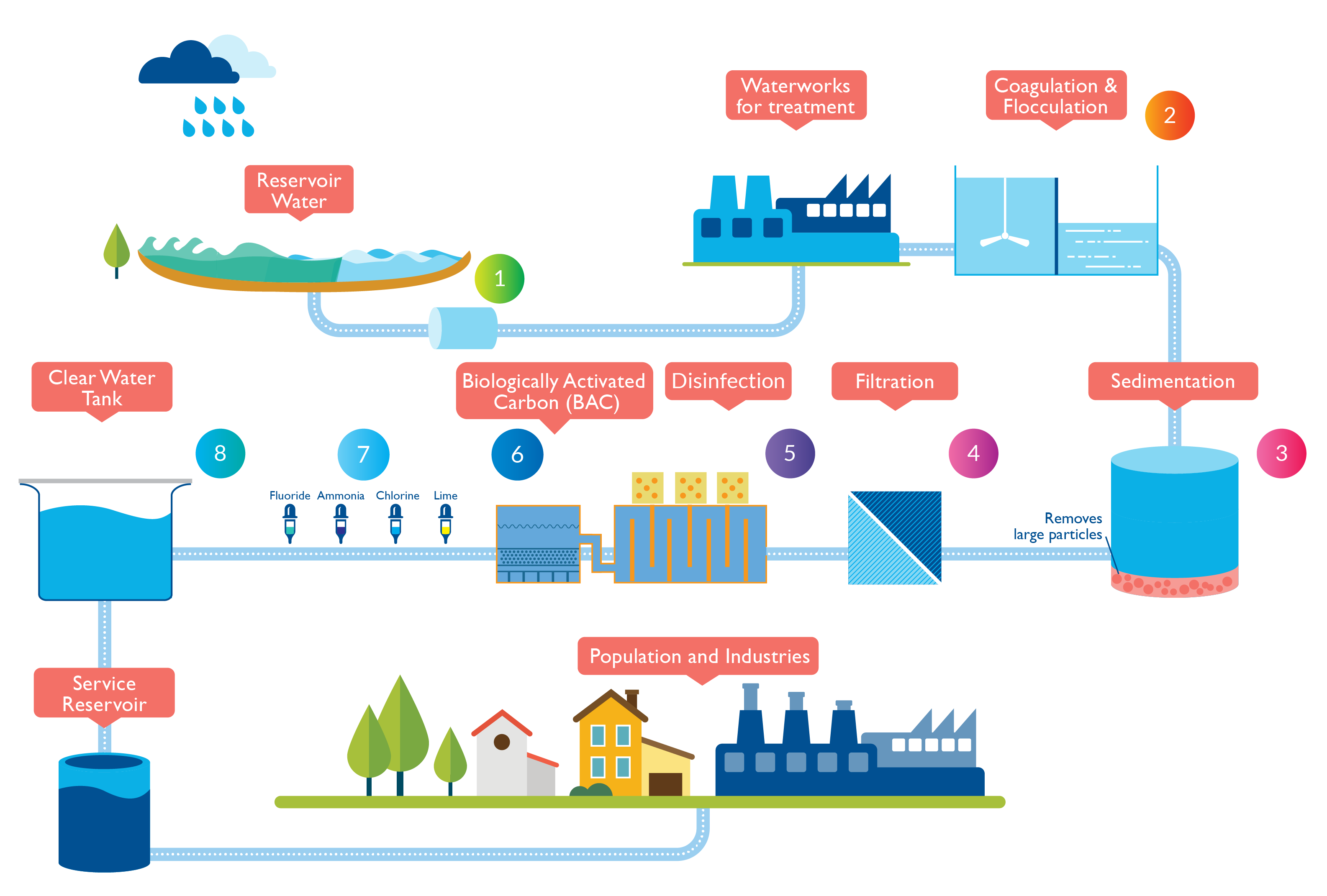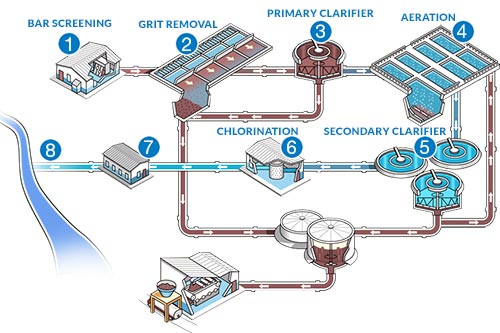The smart Trick of Water Purification For Home That Nobody is Talking About
Table of ContentsThe Best Strategy To Use For Water Purification For Home9 Easy Facts About Water Purification For Home ExplainedAll About Water Purification For HomeThe Ultimate Guide To Water Purification For HomeWater Purification For Home Things To Know Before You Get ThisAll about Water Purification For Home
In this blog, we will certainly cover the 4 kinds of water therapy plants, exactly how they function and the several commercial applications of each kind. Allow's start! Kinds of Water Treatment Plants 1. Wastewater Therapy Plant (WWTP) Wastewater is the water that stems from water utilized in residential, farming, commercial as well as clinical or transportation tasks.on the other hand, comes from manufacturing, industrial as well as industrial tasks brought and has an entirely different make-up than sewer water. How does it function? The initial action in this water therapy plant is that the wastewater drains to the plant with the assistance of gravity through the main drain system.
In this phase, the water moves via the crushed rock chamber to eliminate any kind of grit. The crushed rock is then gotten rid of at the dump. The water after that transfers to the bar screens which eliminate huge objects. These are program displays. Next off, the fine screens eliminate smaller objects such as undigested foods, or matches, and so on.
Water Purification For Home Fundamentals Explained

These working out storage tanks make it possible for the sludge to clear up and after that transfers to digestion tanks. In the digestion containers, the sludge is warmed and blended. One more crucial point that happens here is the manufacturing of biogas, which the wastewater treatment plants can recycle, in the manufacturing of electrical or thermal energy which is one more substantial advantage to the setting.

Getting My Water Purification For Home To Work
The last action in wastewater treatment is inspection. This inspection involves checking the contamination level of the water treated and seeing to it it adheres to the highest possible standards in order to be launched or recycled for domestic or industrial purposes. Applications: Most oil refineries or petrochemical in addition to chemical markets create a big quantity of wastewater and also call for on-site wastewater therapy plants.
The wastewater below flows via displays and also into negotiation basins that can take out debris in huge quantities. It functions as a pre-treatment as specified over as it happens prior to three even more aggressive phases- primary, additional and tertiary treatment. Primary Therapy Throughout this stage, the wastewater relocates into the clarifiers.
It is the design of these tanks that result in resolving, that is, the natural strong matter gathers at the base of the storage tank while the lighter matter drifts to the top coming to be easier for elimination. The raw material that works out near the bottom is called a main sludge blanket - water purification for home.
The smart Trick of Water Purification For Home That Nobody is Discussing

This RAS goes back into the main explanation tank as well as the microorganisms in it aids in breaking down any type of organic issue in the sewage. When RAS has actually completely gone with both the primary as well as second clarification basins see page constantly, i. e a number of times, it is developed into waste-activated sludge (WAS). water purification for home. The WAS then does not return to the key clarification storage tank but rather relocates to the covered storage tanks, additionally referred to as cardiovascular sludge digesters.
The continuing to be sludge moves to the dewatering facility that has dewatering tanks where the plant utilizes belt presses to squeeze any kind of remaining water out of the sludge. Tertiary Therapy Tertiary therapy complies with the procedure of both main and additional procedures yet also on top of that includes mechanical and also photochemical procedures.
Not known Details About Water Purification For Home
Right here the focus is provided to physical strategies such as screening, sedimentation, filtration, explanation etc. The objective of this is to eliminate as much solid physical issues as feasible before sending out the effluent for further treatment. This phase entails the elimination of solid waste additional resources and raw material. Below chemicals are added to break down any solid and chemical waste.
There are two types of materials- one is an anion one while the various other is a cation one. These previous materials release hydroxyl ions which are negatively billed while the cation materials launch hydrogen ions that are favorably billed. The cation-exchange materials bring about softening of water, the anion-exchange result in the removal of nitrate from wastewater as well as the combination of both the anion as well as cation exchange gets rid of practically every ionic impurity existing in the feed water with a process called deionization.
Applications: Demineralization leads to the total removal of minerals from the water and is generally used right here in industries that require water with high levels of purity, for instance- make-up or feed water in high-pressure boilers, the food as well as beverage market, and process streams used in the production of electronic devices. They are likewise made use of in industries for the generation of steam, power and also air conditioning.
Water Purification For Home Can Be Fun For Everyone
Reverse Osmosis (RO) Water Treatment The concept of reverse osmosis (RO) functions on the purification technique that leads to the removal of a a great deal of pollutants and contaminations from wastewater by using pressure to it when it is on one side of a membrane layer. Exactly how does it work? This water treatment plant functions by utilizing a high-pressure pump that boosts the pressure on the salt side of the RO as well as requires the water throughout the semipermeable RO membrane (which permits some atoms as well as molecules to pass but not others), leaving almost 95%-99% of dissolved salts in the reject stream.